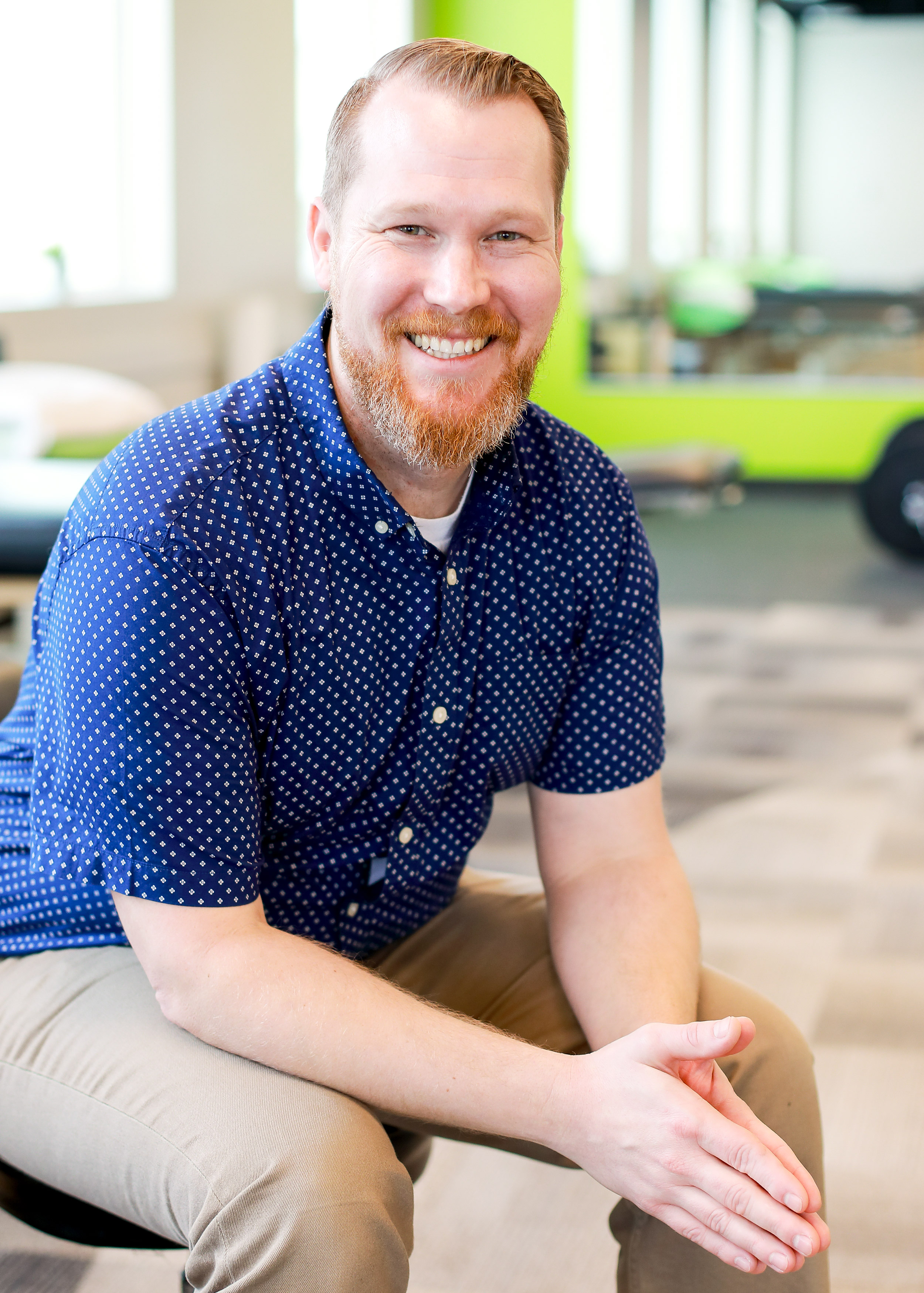Young patients who don’t do their exercises tend to be one of the biggest challenges for physiotherapists, and a University of Alberta study reveals some of the reasons why.
Lack of time—and fun—are two of the main reasons kids with musculoskeletal conditions such as scoliosis, juvenile arthritis and sports injuries tend to shrug off their exercises, according to the research, published in the Journal of Orthopaedic & Sports Physical Therapy.
Physiotherapists need to keep those and other factors in mind when prescribing treatment plans to help youngsters work out their aches and pains, said Chris Holt, who led the study for his master’s degree in Rehabilitation Science in the Faculty of Rehabilitation Medicine.
“It shows we need to take a different approach with kids, based on some of the challenges that are unique to them.”
Holt wanted to explore the reasons after he and other physiotherapists found some of their young patients reluctant to do their exercises.
“We could come up with good treatment plans for kids in pain, but they weren’t sticking to the plan and if they didn’t actually complete the exercise, it wouldn’t help them out.”
Injuries common among youth
Musculoskeletal conditions involving bone, joint or muscle can take a toll if left untreated, said Holt, noting that this type of pain is common, affecting an estimated 30 per cent of adolescents worldwide.
Longer-term effects of these injuries and conditions include inactivity and significant medical issues like obesity later in life, reinforcing why exercise is so important. “Having good treatment in the early stages is important to getting youth back to being active and happy.
“For kids who are active in sports, if they miss out it can be a huge part of their identity, their mental health and their social structure, apart from the fact that they’re feeling pain,” Holt said, noting that about one-third of Canadian teenagers will suffer a sport-related injury each year.
Holt’s research, which involved sifting through thousands of academic studies worldwide, showed that common reasons kids might shy away from doing their physiotherapy include time constraints due to school and homework commitments, being dependent on rides to attend appointments and finding the exercises boring, painful or generally unenjoyable.
“Their daily routines of school, sport and homework are (different from those of) adults, which can make a difference.”
Make it more social, make it more fun
The study also showed what factors help make youth willing to follow their treatment plans, including the importance of their social environment.
“A lot of studies we looked at identified that when exercise was made more social, it was more likely to get done. So things like group classes, or when a bunch of kids get together, or involving family.”
Exercises the children found to be fun and exciting were also motivating, the study showed.
Changing the way exercises are prescribed can help kids understand the importance of sticking to their treatment plans, Holt said.
“Not only are their bodies still growing, but so are their minds in terms of how well they understand the exercise—or the consequences of not exercising.”
While Holt noted there is still a lot more to learn, he suggested talking to young patients about their preferences would be a good start to building treatment plans they’ll be more likely to follow.
“It’s about taking the time to ask them what are the things that would help them complete the exercise and focus on a strategy that would help them as individuals. Ask them about where and when will they be exercising, what equipment they have, whether they would like to have mom and dad involved. Then listen to their responses and use that information to provide a very personalized exercise program rather than a cookie-cutter approach.
“Making the exercise something they want to do makes it easier to then foster improvement; it flips the switch for them.”
Parents can also help their kids stick to at-home treatment plans, Holt added.
“Make the exercise more convenient by being open to finding a time or location for exercise that easily fits into the daily routine, help make the exercise fun by incorporating them into games and the child's favourite activities, and make the exercise more social by doing it together as a family.”
Holt’s work was funded by the Stollery Children’s Hospital Foundation through the Women and Children’s Health Research Institute.
